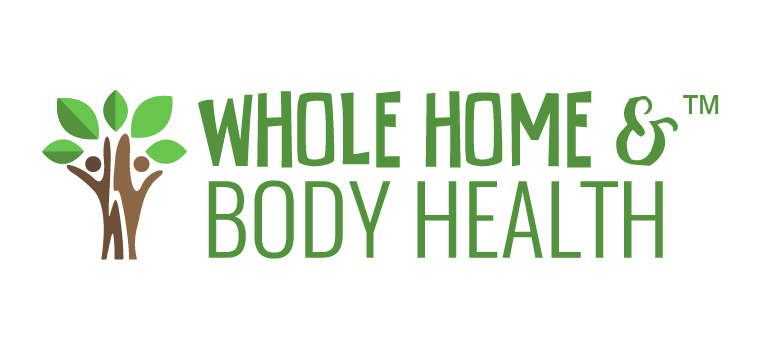Okay so what’s the deal with bone broth?
Does the name itself scare you? I know it sounds kind of gross, but it’s actually something you’ve probably had many times in your life.
Bone broth isn’t much different than ‘stock’ or ‘broth’. Stocks and broths are just liquid preparations from animal bones, carcasses or meats. (yes, you can make them with vegetables as well, but traditionally animal parts were used.)
In the past, when an animal was slaughtered for food, nearly all the parts of the animal were used. This was called ‘Nose to Tail’, and nearly all parts of the animal could be used for some purpose. In the last 50-100 years, Americans (and other countries), have gotten out of the habit of consuming organ meats, bones, marrow, tallow, using the hides and sinew and other parts of the animal. This is quite a shame as some of the most nutrient density resides in these parts. For some reason we’re grossed out with any part of the animal that is not muscle. I don’t really understand this, I mean, you’re eating a cow- what difference does it make if it’s the butt, the shoulder, or the liver- it’s all right there in the same animal. And so Americans continue their steady decline of poor health…
Thankfully there is a resurgence of ‘Nose to Tail’ eating, and more and more people are starting to understand the importance of the nutritional benefits of the bones, organs, marrow, etc. I understand that not everyone is ready for a plate of liver if they’re not used to it, so starting out with bone broth is a great way to increase your nutrition density and slowly start to transition into a more well-rounded dietary approach when it comes to animal products.
Don’t let the name fool you, bone broth is essentially just stock, but the focus is on the bones and cooking them in a way that maximizes the release of all that good stuff inside. As you know, bones are storehouse for many minerals. When you cook bone broth the right way, you’ll liberate a plethora of calcium, magnesium, phosphorus, potassium, and more. If you’re dairy free, this is a great addition to your diet to ensure you’re getting enough calcium.
It’s much more than just minerals though- bones are also a good source of amino acids like glycine, proline and arginine as well as the proteins collagen and gelatin. These are important for skin, hair and nail and joint health. Worried about those fine lines you recently noticed? Drink up the bone broth to help support healthy elasticity of your body’s own connective tissue. *Tip- the more joints you use in your broth, the more gelatinous it will be.
Bone broth is also fantastic for an ailing GI track. The amino acids help to repair and soothe inflamed intestines. So when you’re sick, or if you have a chronic health condition, bone broth is your go-to. It provides protein, gut-healing properties, and will help keep your skin beautiful to boot! What’s not to love?
If want to dive into this a little deeper, I recommend you check out this article; this one, or learn how to make a super tasty pot of it here.
Trust me on this one, you want to make bone broth a staple in your kitchen! *Side not, not everyone does well with bone broth. It can have high levels of histamine which will can aggravate symptoms for some people. And you do want to ensure you’re using a healthy, pasture based source of bones; consuming any animals from factory farming is never a good idea. If you need more guidance with this, please give us a call, we’ve made so much bone broth in our life we could swim in it!


Cathy Cooke, BCHN, BBEC Holistic Nutritionist and Building Biologist is the founder of Whole Home and Body Health which provides EMF Assessments, Mold Testing, and Nutrition and Health Consulting located in Boise, Idaho. Cathy is available for consulting via skype and phone, and is also willing to travel as needed for home assessments. Schedule an appointment today!

